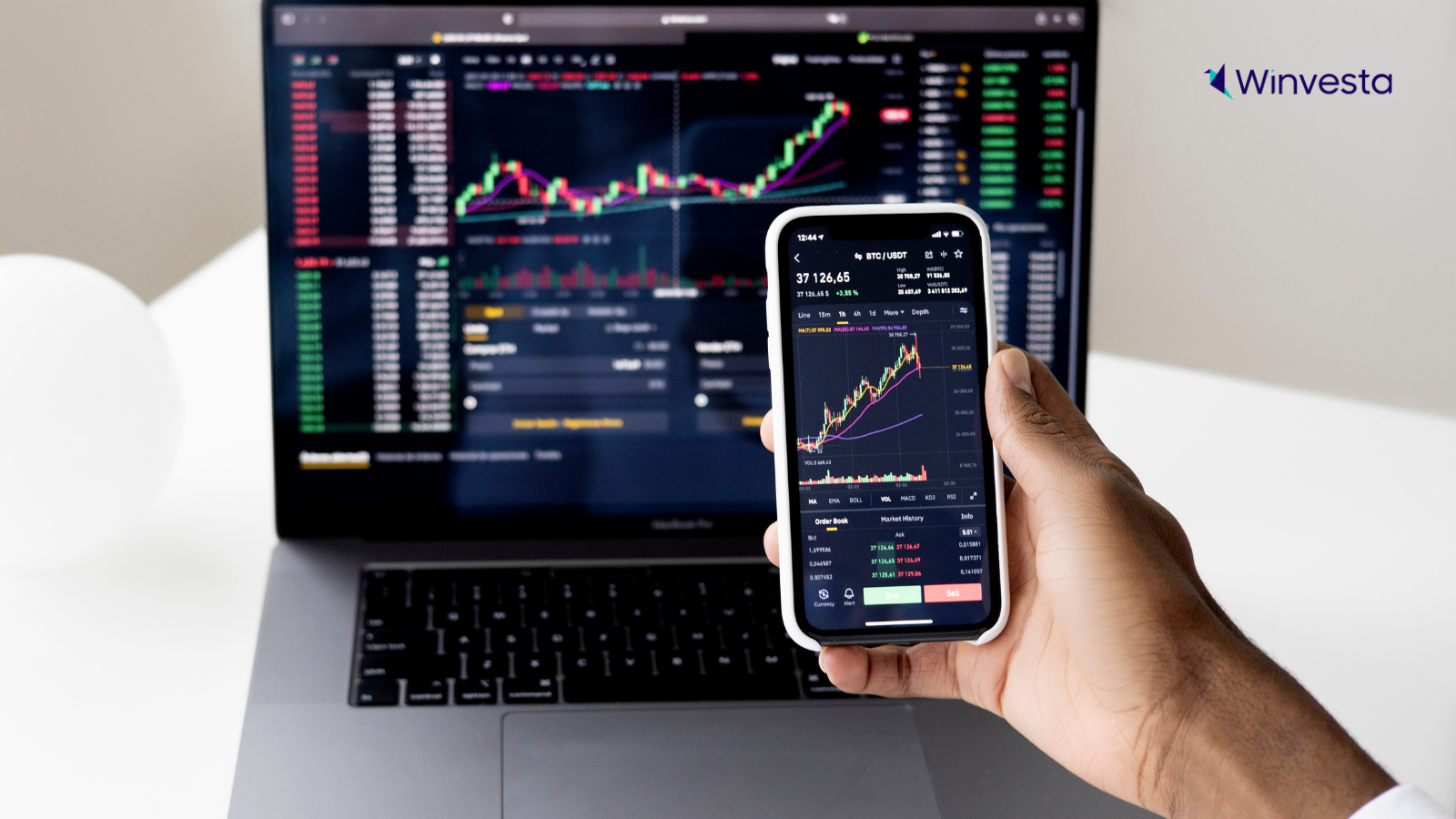Contents
A Complete Guide to SWIFT Transfers for Exporters in India (2025)
5 minutes read
06 January 2025

In today’s global marketplace, SWIFT transfers are essential for Indian exporters who want to conduct international business efficiently. These secure and standardized transactions help you receive payments across borders quickly and reliably. By understanding SWIFT codes and BIC numbers, you’ll be able to navigate cross-border finance with confidence.
In this guide, you’ll learn how the SWIFT network works, the step-by-step process of making SWIFT payments from India, and the costs and timelines involved. We’ll also explore alternatives to SWIFT payments, helping you choose the best SWIFT money transfer method for your needs.
By the end, you’ll be equipped to streamline your global payments and grow your export business.
Understanding SWIFT: The Global Financial Messaging System
What is SWIFT?
SWIFT stands for the Society for Worldwide Interbank Financial Telecommunications. It’s a global network that allows secure, standardized financial transactions. Established in 1973 and based in Belgium, SWIFT is a key player in international business.
How SWIFT Works
SWIFT itself doesn’t transfer money or hold funds. It provides the SWIFT messaging system that banks use to securely communicate transaction information. When you initiate a SWIFT transfer, your bank sends a payment order to the recipient’s bank using the SWIFT network. This system replaced Telex, offering better speed, security, and standardization.
Key Components of the SWIFT Network
- SWIFT Codes: Also known as Bank Identifier Code (BIC), these unique codes identify banks involved in SWIFT transfers. They consist of 8-11 characters and provide details about the bank, country, location, and branch.- Standardized Message Formats: SWIFT uses standardized formats for different transactions, such as transfers and foreign exchange.
- Security: SWIFT uses encryption to ensure secure communication between banks.
- Global Reach: With thousands of member banks in over 200 countries, SWIFT helps businesses manage cash flow globally.
- IBAN: The International Bank Account Number (IBAN) works alongside SWIFT codes for additional verification in cross-border payments.
With this knowledge, you can better navigate the SWIFT system for your international business.
SWIFT Transfers for Indian Exporters: Process and Requirements
Steps to Initiate a SWIFT Transfer
To make a SWIFT transfer, follow these steps:
- Contact your bank or log in to your online banking portal.- Provide recipient details, such as name, bank name, SWIFT/BIC code, currency, and amount.
- Your bank will verify the details and debit your account.
- Your bank sends the payment via the SWIFT network.
- This payment may go through correspondent banks in between.
- The recipient’s bank credits the funds after verifying the information.
If your bank doesn’t have a direct link to the recipient’s bank, an intermediary bank may be involved. In that case, you’ll need to provide the intermediary bank’s details as well.
Required Documents for Exporters
As an Indian exporter, you must obtain a Foreign Inward Remittance Certificate (FIRC) when receiving international money transfer. The FIRC contains key information like the beneficiary’s name, sender’s details, the bank’s name, exchange rate, and remittance purpose.
Compliance Considerations
Ensure your KYC documents are up-to-date, including proof of identity, address, and business details. Provide accurate recipient information for smooth processing. For certain transactions, you must include your Import Export Code (IEC). Upload valid invoices or airway bills and buyer details as required by banks and the Reserve Bank of India (RBI). The RBI also requires detailed information on both the sender and recipient for all SWIFT transfers.
Following these steps ensures that your SWIFT transfers comply with Indian regulations.
Costs and Timelines of SWIFT Transfers from India
Fee Structure for Indian Banks
Indian banks charge flat fees for outward SWIFT transfers, typically between ₹500 and ₹750. For example, HDFC Bank and Axis Bank charge ₹500, while ICICI Bank charges ₹750. State Bank of India (SBI) charges ₹942.36. These SWIFT transfer charges may increase for larger amounts or branch transfers.
Foreign Exchange Rate Considerations
What you see on Google is a mid-market rate. In addition to the fixed fees, banks often apply a markup to this exchange rate. This hidden fee can add 1-3% to the transfer cost. For example, sending ₹837,657.04 from India to the USA might include a 2% markup, adding ₹16,753.14 to the cost.
Typical Transfer Durations
SWIFT transfer time from India is usually 1-3 business days. Several factors affect timing, such as time zones, currencies, payment methods, and bank holidays. Sometimes, transfers take up to 5 business days.
Although SWIFT messages are sent instantly, factors like fraud checks and crediting the recipient’s account can slow down the process.
For urgent transfers, some banks offer priority payments within 1-2 business days, though these come with higher fees.
Alternatives to SWIFT for Indian Exporters
Indian exporters have several alternatives to SWIFT for receiving international payments. Each option offers its own benefits and drawbacks, depending on your specific business needs.
Credit Cards
Credit cards are a popular choice for receiving payments in USD. They are fast and convenient, making them a practical option for international transactions. However, the downside is that credit card fees can range from 2% to 4%, which can significantly cut into profit margins. Additionally, processing times can take several days, which can negatively impact cash flow.
Credit card security measures are stringent and designed to prevent fraud. Unfortunately, this often leads to high failure rates, with nearly 20% of transactions being rejected. These failures can lead to frustration and a loss of trust from your customers. Despite these challenges, credit cards remain a secure method for receiving funds from international clients.
PayPal
Another popular option for receiving global payments is PayPal, which allows you to receive payments from international clients and convert USD to INR with ease. PayPal offers convenience by eliminating the need to visit a bank or fill out extensive paperwork. Opening an account is easy and can be done online with the necessary documents.
However, PayPal’s transaction fees, ranging from 3% to 5%, can reduce your earnings. Additionally, PayPal’s support for different currencies may vary, so it's important to check their offerings before making a choice. For more details, check out our blog about Paypal.
Global collection accounts
Global collection accounts often offer faster processing times and are more cost-effective than traditional banks. These accounts can also act as Online Payment Gateway Service Providers (OPGSP), facilitating the collection of international payments and converting them to INR. This ensures better exchange rates, helping businesses save on costs.
With Winvesta, businesses and individuals can open multi-currency accounts that come with local US, UK, Canadian, and European bank account numbers. You can receive payments from 180 countries in over 30+ currencies and withdraw funds to INR in as little as 1 day, with fees starting at just $3 + 0.99%.
Comparison at a Glance
| Method | Payer Fee | Receipt Fee | FX Spread | Withdrawal to India | Total Cost | Speed | Rejection Rate |
|---|---|---|---|---|---|---|---|
| Winvesta MCA | 0% | $3 + 0.99% | 0% | $0 | $3 + 0.99% | In as little as 1 day | Low |
| Credit Card | 3% | 1.5%-3% | 3%-5% | $0 | 7.5%-11% | 2 to 7 business days | High |
| PayPal | 0% | 4.4% + $30 | 3% | $0 | 7.4% + $30 | 2 to 5 business days | Low |
| SWIFT | $30-$50 | $20-$40 | 3%-5% | $0 | Up to 5% + $90 | 2 to 7 business days | Low |
SWIFT transfers are a critical tool for Indian exporters. This guide has explained how SWIFT works, the process for making transfers, and the costs involved. We also explored alternatives, like credit cards, PayPal, and virtual multi-currency accounts, which can offer faster and cheaper payments. By understanding these options, you can choose the best payment method for your business.
To streamline your transactions and boost your export business, weigh the pros and cons of each method. Speed, cost, and reach are key factors to consider. Sign up on Winvesta’s website to explore modern solutions that simplify international payments. With the right approach, you can thrive in the global market.
Frequently asked questions

You’ll need the beneficiary's full name, the bank’s SWIFT code, and the account number.
No, there’s no maximum limit on SWIFT transfers.
SWIFT and wire transfers are often used interchangeably, but the costs can vary. A SWIFT transfer typically involves multiple banks, including intermediary banks, which may each charge their own fees. As a result, SWIFT transfers can sometimes be more expensive than standard domestic wire transfers, depending on the route and currency.
However, with Winvesta, you can enjoy lower fees and transparent pricing for international transfers, saving you up to 75% compared to traditional banks.
Disclaimer
The information provided in this guide is for general informational purposes only and does not constitute financial, legal, or professional advice. While we strive to ensure accuracy, regulations and fees related to SWIFT transfers and international payments may vary depending on the financial institutions and countries involved. We recommend consulting with your bank or a financial advisor for the most current information and to understand how these processes apply to your specific situation. Winvesta does not guarantee any particular outcomes or savings by using the services mentioned in this article.
.png?width=1240&height=325&name=blog%20banner%20(1).png)



